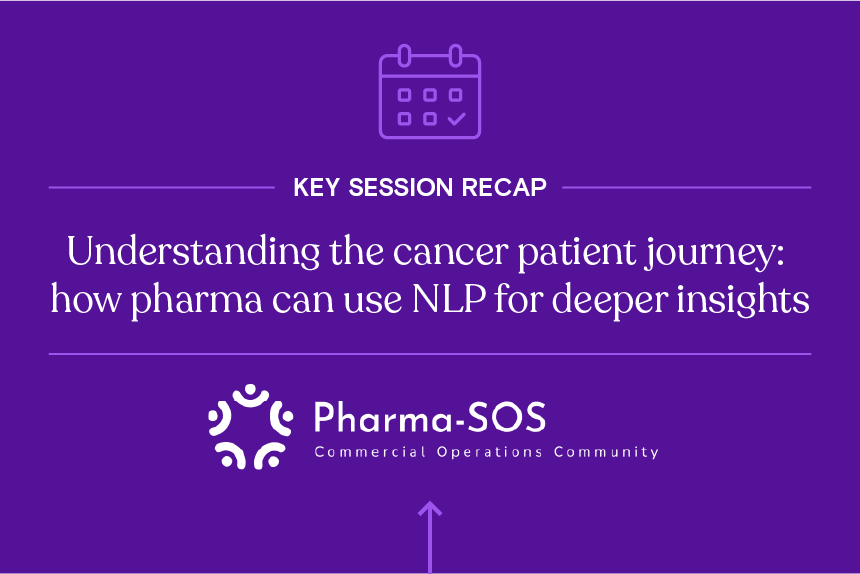Pharmaceutical, biotechnology and medical device companies need access to the right data and analytics to make informed decisions to guide their commercial strategy.
Whether you work in commercial analytics, marketing, market access or sales at these life sciences companies, you want to make data-driven decisions and investments to get your treatment or device in the hands of the right providers and patients.
Commercial teams at life sciences companies are looking for data to help answer questions on their ideal patient cohort such as:
- Where are patients in my target cohort located?
- What types of providers are treating them?
- Who is using my drug or device? What about my competitors?
Getting answers to these questions can be easier said than done. Here are the top three biggest pain points facing life sciences companies today with gaining intelligence on their ideal patient population for their treatment or device:
1. There is too much healthcare data out there
Over the last decade or so, the amount of healthcare data has exploded. More data is constantly coming in from medical and pharmaceutical claims every year and new data sources are being added constantly. It can be overwhelming and hard to sort through what information is valuable and what is not.
To derive meaningful healthcare commercial intelligence, marketing, sales and commercial access teams need tools that can:
- Aggregate data from a wide variety of relevant sources
- Standardize and clean data so it’s in a usable format for analysis
- Sort and search through data to extrapolate and present insights in an easier to understand way
Technology is needed to make it easier for business users to extrapolate meaningful intelligence from the vast amount of healthcare data available.
2. Need specialized expertise to perform analysis
Given how much data is out there, it’s incredibly hard to derive insights from the data without specialized expertise.
Traditionally, life sciences companies rely on data scientists to analyze data and answer key questions to guide their commercial strategy.
Unfortunately, that can be a time-consuming process as it can take days, weeks or even months to derive the insights marketers or sales teams might need.
The final reports business users receive also tend to be static. That makes it hard for business users to ensure the latest and greatest data is included without running another request through their data science team, further lengthening the whole process every time you need to update the data.
Additionally, when relying on data scientists, the process can lack flexibility for the business users as they cannot explore and refine data requests in real-time. That means they could miss valuable intelligence they didn’t even know they were looking for.
It’s much better to rely on data scientists for bigger projects requiring complex analysis rather than have them handle the data requests to answer the day-to-day questions marketers and commercial teams have.
3. Lack of broader healthcare context
Claims data is a valuable tool, but to derive meaningful intelligence to guide business decisions, you need data that also provides context on the broader healthcare landscape.
Coupling claims data with physician data allows you to receive the market context and market contacts needed to help you navigate the healthcare ecosystem and inform the commercial success of a treatment or device.
More specifically, these additional data sources can help you identify physicians for targeting in sales or marketing campaigns, perform market research on new indications, size your total addressable market and access the contact data to reach the key-decision makers you need to connect with.
Learn more
Definitive Healthcare is here to help biopharmaceutical and medical device companies overcome these hurdles by delivering the healthcare commercial intelligence needed to find commercial success.
Want to learn how we’re doing it? Request a free trial.





